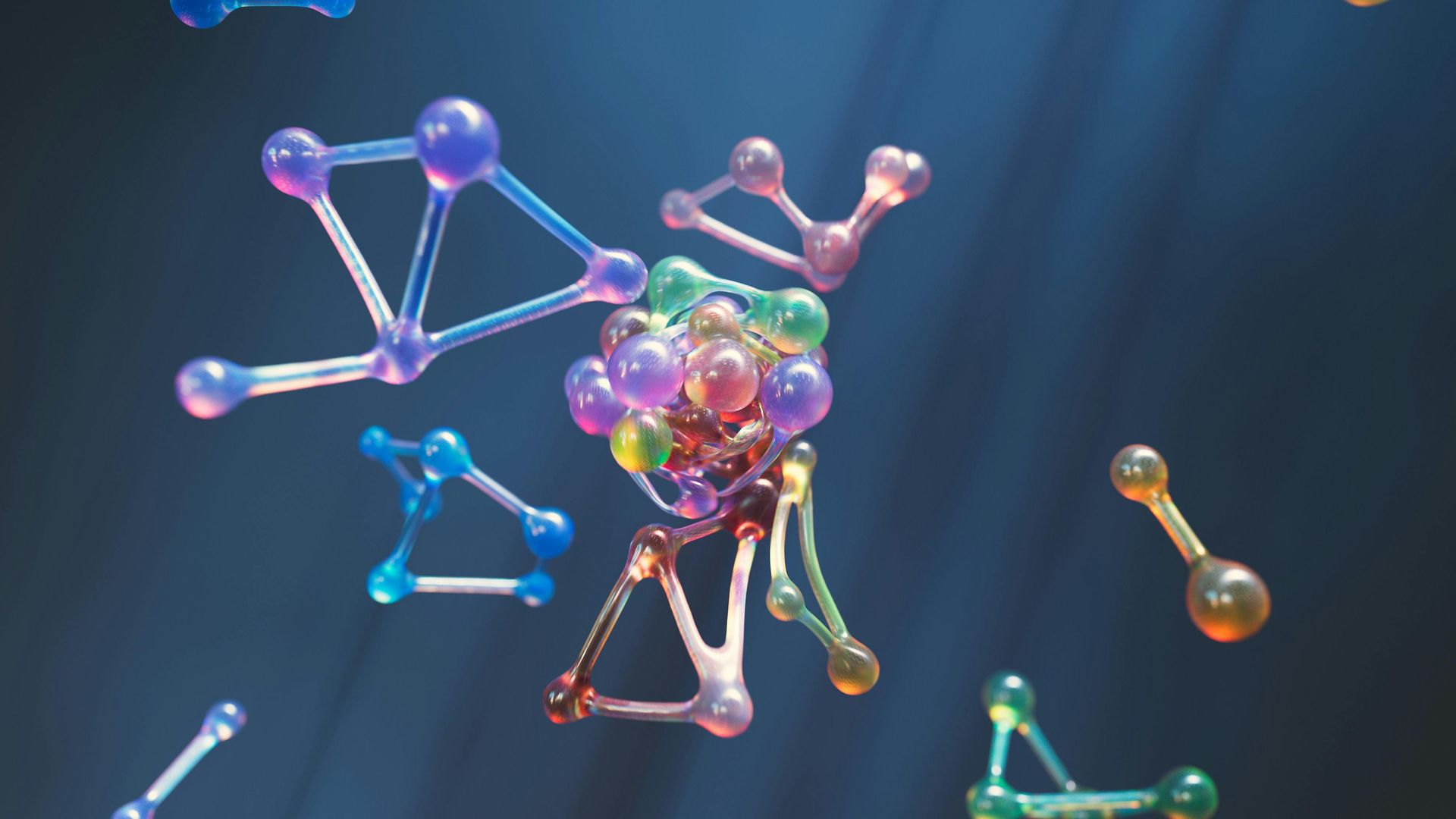Transforming the Certification Process of 3D-Printed Critical Components
Currently, it takes about 18 months for a supercomputer to analyze a single 3D-printed part and predict its service life or failure date. DARPA’s Structures Uniquely Resolved to Guarantee Endurance (SURGE) program is challenging researchers to cut this evaluation time to just three days and make the process simple enough to run on a laptop.
Four Texas A&M University faculty members have taken on that challenge and secured $1.6 million in DARPA funding to develop a faster system for assessing the durability and quality of 3D-printed military components. This advancement would not only accelerate production and deployment of critical parts but also save the Department of Defense millions of dollars while expanding the use of additive manufacturing across military bases.
If successful, the team’s work could transform the entire additive manufacturing sector and establish Texas A&M as a leader in the field.
“This is a pivotal time for additive manufacturing,” said Dr. Mosen Taheri Andani, assistant professor of mechanical engineering and member of the grant team. “By combining in-situ data with the microstructural features formed during printing, we can link process monitoring, material characterization, and property evaluation—opening the door to faster and more reliable certification of 3D-printed parts.”
Andani will collaborate with colleagues Dr. Raymundo Arróyave (Chevron Professor II of materials science and engineering), Dr. Aala Elwany (industrial and systems engineering), and Dr. Ibrahim Karaman (Chevron Professor and department head of materials science and engineering).
Unlike conventional metal components, 3D-printed parts each carry a unique microstructural “fingerprint” with microscopic defects that differ in size and location, even when printed under identical conditions. These imperfections are key to understanding how and when a part might fail, making current certification both costly and time-intensive.
The Texas A&M project is part of a broader $10.3 million, four-year DARPA award shared with collaborators at the University of Michigan, Auburn University, UC San Diego, ASTM International, and industry partners Addiguru and AlphaStar.
The effort will emphasize both speed and accuracy. In the first two years, the Texas A&M team will partner with Addiguru to develop a sensor package that integrates into commercial 3D-printing platforms, gathering real-time data from multiple sensors. From there, they will create an AI-powered system capable of detecting and analyzing defects with high precision. Parallel efforts with Michigan, AlphaSTAR, and ASTM International will focus on accelerating predictions of microstructural behavior during printing.
“This DARPA initiative gives us a rare chance to solve one of the toughest challenges in additive manufacturing,” said Karaman. “We believe the results will reshape the industry and help scale this technology for widespread use.”
Funding for the project is managed by the Texas A&M Engineering Experiment Station (TEES), the research arm of Texas A&M Engineering.
Written by: Denise Brehm









